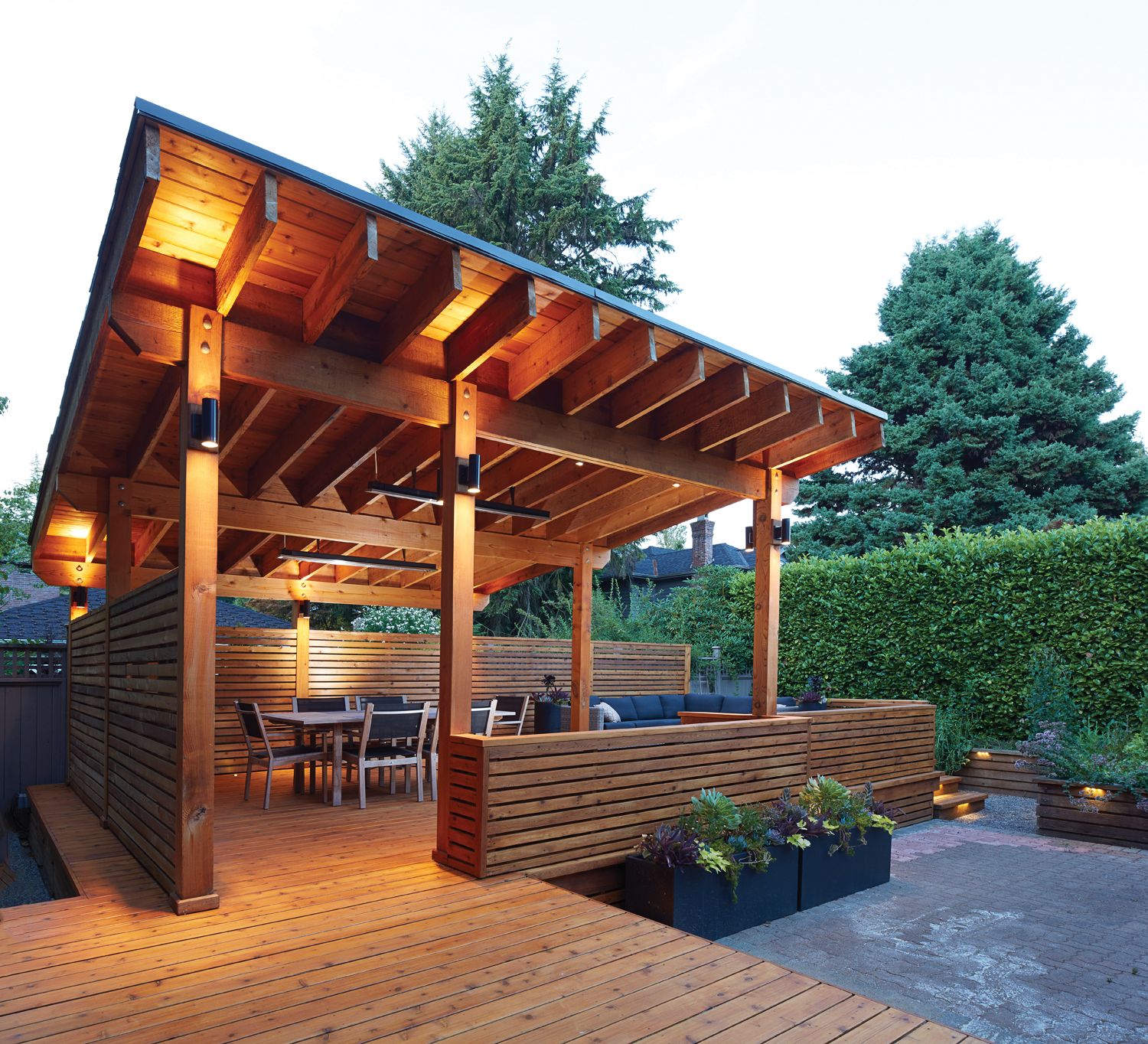Ideas for Wooden Decks and Decking Decks are outside additions to our homes that provide a natural retreat at our front door. Our living spaces are extended by our decks. By using materials that blend in with the surrounding landscape, natural deck designs may enhance the deck’s aesthetic appeal as well as its use. This article aims to explore a range of ideas that might be used to create a realistic deck that emphasises passive voice, blends in with the environment, and ensures originality.
Integrating Organic Elements into the Framework
The use of organic materials is crucial to natural deck design in order to create a harmonious look. Wood is the principal ingredient, as stated.
Because of its warmth and versatility, wood is a timeless material that may be used to build decks. Cedar is an aesthetically beautiful and long-lasting substance.
In addition to being very durable, cedar is also recognised for its natural resistance to insects and rot. It also has a rich, brownish-red colour that becomes better with age.
Redwood Wood Adds a Touch of Natural Elegance
Redwood’s unique grain patterns and rich red tones give it a rich look despite its innate resistance to bending and shrinking.
The natural beauty of a deck is enhanced when flora is included into the Natural Deck Design Ideas of the deck.
By using stone elements like flagstones or river rocks, the deck may add texture and contrast. This will enable the deck to mirror the surrounding landscape.
Getting Into the Branches and Leaves Around Me Integration of Greenery .
Including plants in a deck’s design enhances the deck’s aesthetic appeal. Planters with built-in functionality
Raised beds with built-in planters or trellises are ideal for growing seasonal flowers or climbing vines that provide a rich, natural backdrop.
Natural Privacy Screens
Proper placement of tall grasses or bamboo may create natural privacy screens and provide seclusion. It is possible to do this without sacrificing the enjoyment of being outdoors.
Level Native Plants and Landscaping
Choosing native plants for the landscape around the deck ensures that less maintenance is needed and that water is saved, while also promoting biodiversity.
Eco-Friendly Decking Materials Sustainable Design Approaches on the
Using eco-friendly decking materials may help reduce environmental impact while extending the life of your deck. Examples of these materials include composite lumber made from recycled polymers and wood fibres. discusses energy efficiency and solar lights.
Solar-powered lighting not only makes the deck seem more inviting, but it also contributes to the deck’s greater sustainability and lower energy use.
Endorsing the Acceptance of Natural Lines and Shapes Curved Designs
The use of curved edges and pathways that mimic natural contours results in a seamless integration of the deck with its surroundings.
The Natural Movement of
Orienting the decking to follow the landscape’s natural flow from start to finish may help create a cohesive and visually appealing outdoor space.
Natural Finishes and a Minimalist Look for Furniture
By choosing furnishings and décor with earthy hues and natural finishes, you can complement the deck’s organic appeal.
Functionality Is Simple
If you choose furniture with clean, uncomplicated lines, it will highlight the natural beauty of the deck and its surroundings.
Concluding Remarks
Crafting a natural deck requires meticulous deliberation of the components, architectural elements, and landscaping that come together to accentuate the beauty of the surrounding landscape. Through the use of organic materials, blending in with the surrounding vegetation, sustainable design, and an appreciation of natural shapes and lines, homeowners may create a peaceful outdoor retreat that enhances their property’s value as well as their own well-being. Regardless of whether it is located in a suburban backyard or faces a stunning landscape, a well-built natural deck may provide a refuge for rest and a feeling of connection with the natural world.
In summary
creating a natural deck necessitates finding a careful balance between aesthetics and functionality. This is achieved by creating an environment that is harmonious with its surroundings via the use of organic materials and sustainable procedures. By incorporating these concepts into their outdoor settings, homeowners may transform their outdoor spaces into relaxing havens where they can enjoy the beauty of the natural world.
